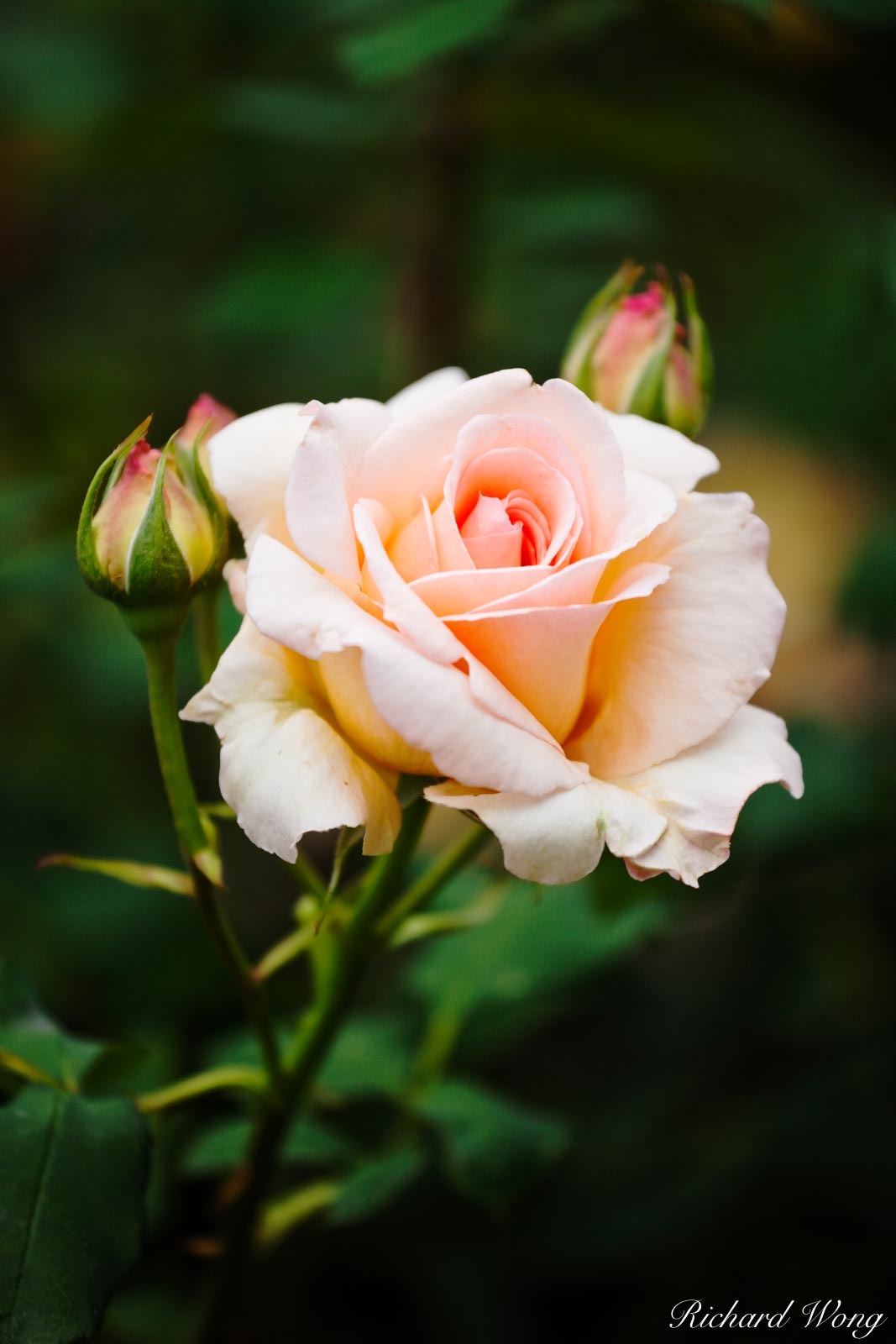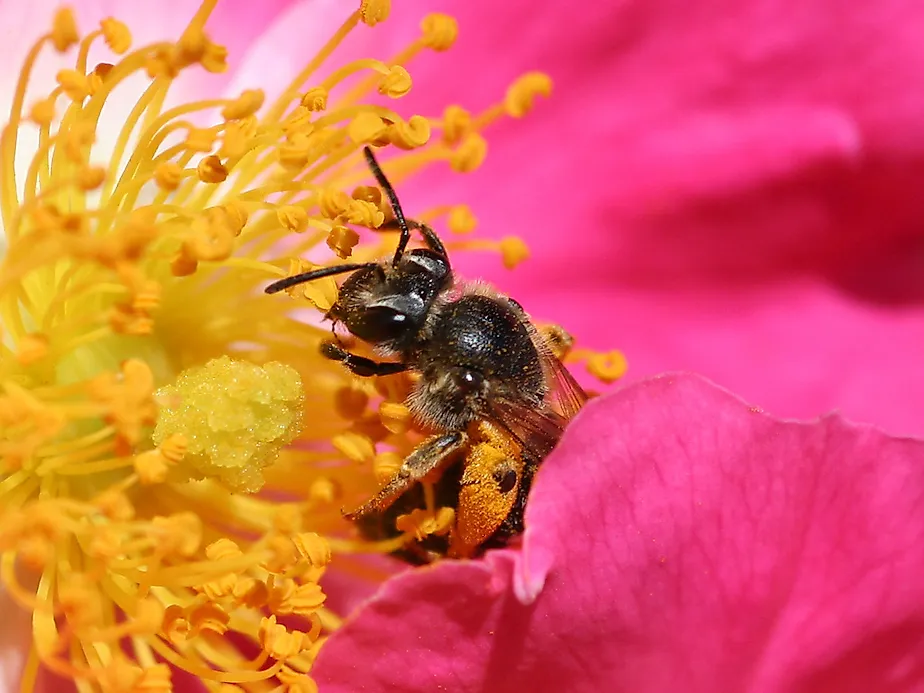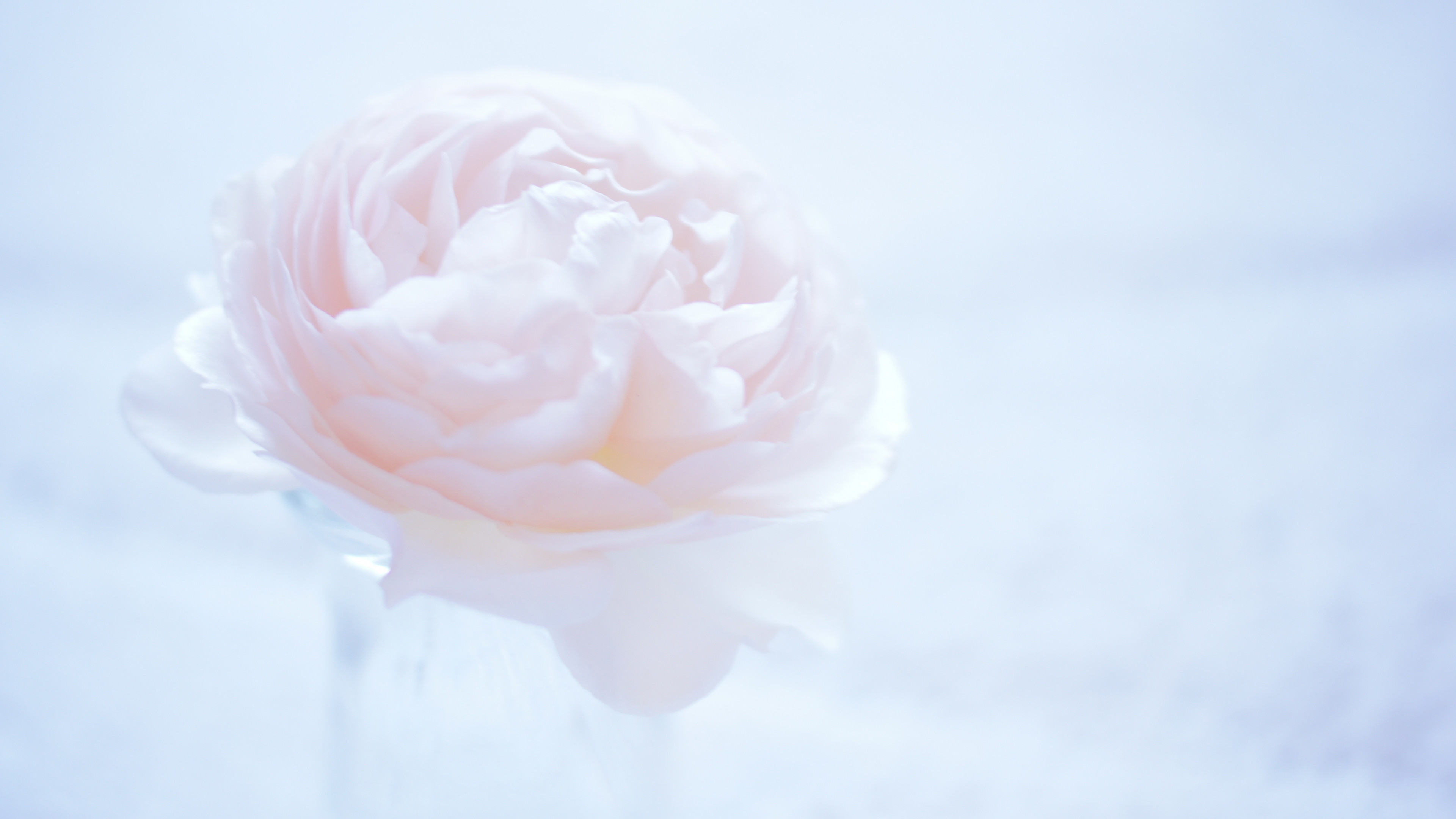

There are over 150 species of roses available in almost any imaginable size and color. Share on Pinterest Chris Griffiths/Getty Images Used in both traditional medicine and culinary practices, it makes for a beautiful garnish for salads or cocktails and can also be cooked into soups and sauces. Summaryīorage is an herb that produces small, blue, star-shaped flowers. Borage can also be served as a stand-alone vegetable side dish. The flowers may be eaten fresh in a salad or as a garnish for desserts and cocktails - or they may be cooked and added to soups, sauces or stuffed pasta fillings. The flowers are often described as having a slightly sweet flavor that is reminiscent of cucumber and honey.

In the kitchen, there is no shortage of ways to put borage to use, as both the flowers and leaves are edible. However, human research to support its efficacy as a medical therapy is scarce ( 8). In herbal medicine, borage is used to treat minor ailments, such as sore throat or cough. The blossoms are usually blue but may also be white or pink. It can be eaten straight from the plant or made into an infused syrup that can complement many dishes.īorage, or starflower, is an herb that produces delicate, star-shaped flowers. Honeysuckle is a fragrant flower known for its distinct aroma, sweet flavor and traditional medicinal uses. While the honeysuckle flower and its nectar are perfectly safe to eat, note that the berries of some varieties may be toxic if ingested in large quantities ( 6). You can use the syrup to sweeten iced tea, lemonade, yogurt and sorbet or as a sugar replacement in quick bread recipes. In the culinary world, honeysuckle is most often used to make tea or a fragrant, flavorful syrup. However, its efficacy as medicinal therapy for humans remains scientifically unproven ( 5).
#NECTAR ROSE SKIN#
The flowers and their extracts are ingested or applied to the skin to treat various inflammatory conditions. Honeysuckle has been vital to traditional Chinese medicine practices for centuries ( 5). The fragrant blossoms, typically light yellow or white, hold nectar that can be eaten straight from the flower. The flowers - edible raw or cooked - can be used to make various foods like jelly and wine.Īlmost 200 honeysuckle species exist, but the most common are the Japanese and woodbine varieties. Summaryĭandelions are considered weeds but double as a highly nutritious edible flower. They can also be cooked in stews, casseroles or any other dish that calls for hearty greens. The roots are often steeped to make tea, while the greens may be consumed raw as a salad or a sandwich topping. They may be breaded and fried or used to make jelly and wine. The flowers can be eaten raw, either alone or tossed into a salad. There are endless options for eating dandelion. In fact, every part of this so-called weed can be enjoyed - including its roots, stems and leaves. Interestingly, the flowers are not the only part of dandelion that can be eaten. They supply various plant compounds known to have powerful antioxidant properties ( 3). However, they happen to double as a highly nutritious edible flower.ĭandelions have small blossoms - roughly 1–1.5 inches (2–4 cm) in diameter - with many tiny, bright-yellow petals. Some research suggests that hibiscus may have a positive impact on cholesterol and blood pressure.ĭandelions are best known as stubborn garden weeds. The flowers can be eaten raw but are often used to make herbal tea. Hibiscus flowers are large, colorful blossoms that grow in warm climates.

It may be served hot but is particularly refreshing over ice on a hot summer day. The tea is bright red and has a tart, somewhat sour flavor. Some studies indicate that hibiscus may help reduce blood pressure and cholesterol levels, although more research is needed to better understand how hibiscus can support heart health ( 1, 2). Many cultures drink hibiscus tea for its medicinal properties. You can eat the flower straight from the plant, but it is usually used for tea, relishes, jam or salads. Hibiscus flowers can grow as large as 6 inches (15 cm) in diameter and are found in a wide array of colors - including red, white, yellow and various shades of pink.Īlthough sometimes grown for strictly ornamental purposes, hibiscus is also well known for its culinary and medicinal applications. Hundreds of hibiscus species exist, but the most popular edible variety is known as roselle or Hibiscus sabdariffa.

Hibiscus plants produce large, ornate blossoms that usually grow in tropical and subtropical climates around the world. Share on Pinterest Holger Leue/Getty Images


 0 kommentar(er)
0 kommentar(er)
